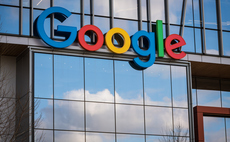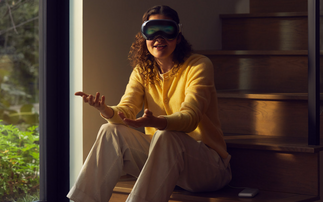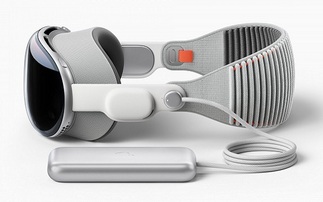We break down the best reasons to explore Google's wearable tech
Since Google first launched its Glass Explorer programme in the US in 2012, UK buyers have viewed the technology with cautious curiosity. However, early revelations about the tech and an ongoing...
To continue reading this article...
Join Computing
- Unlimited access to real-time news, analysis and opinion from the technology industry
- Receive important and breaking news in our daily newsletter
- Be the first to hear about our events and awards programmes
- Join live member only interviews with IT leaders at the ‘IT Lounge’; your chance to ask your burning tech questions and have them answered
- Access to the Computing Delta hub providing market intelligence and research
- Receive our members-only newsletter with exclusive opinion pieces from senior IT Leaders






















